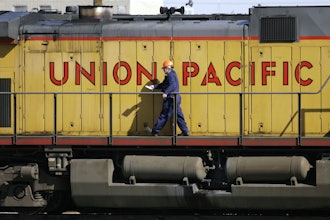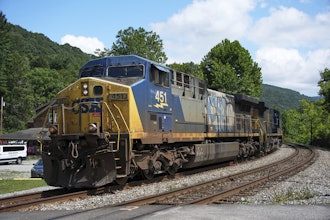
In a quest for supply chain resilience amid geopolitical tensions, an increasing number of U.S. manufacturers are seriously considering Mexico’s potential as a nearshoring destination.
For U.S. manufacturers, nearshoring (or near-sourcing) means moving production sites or supplier networks closer to home — in Mexico or Canada, instead of Asia. Industry professionals predicted that a shift toward Mexico would happen slowly, but recent data shows supply chain reconfiguration is already well underway and accelerating rapidly. Consider these statistics:
- 88% of U.S.-based small and medium-sized businesses plan to use suppliers in the U.S. or Mexico in 2023, according to Gartner-owned Capterra.
- Mexico exported $382 billion worth of goods to the U.S. in the first 10 months of 2022 — that’s an increase of 20% over the same period in 2021.
Why Mexico? Advantages Over China
When compared with China, traditionally “the world’s factory,” Mexico is an attractive nearshoring location for several reasons. For one, basic geography allows for faster shipping, easier travel, and time zone benefits that China cannot provide.
Rising cost in China is another factor. Though the astronomical ocean freight rates we saw in 2021 have cooled for now, it is still far more expensive to ship from Asia than it is to ship from Mexico. Inexpensive labor used to offset high freight costs, but that is no longer the case, as competition among Chinese factories has resulted in labor shortages and higher wages.
According to consultancy AlixPartners, the average manufacturing labor cost in Mexico is $4.80 per hour, compared to $6.50 per hour in China. Natural gas prices are also 50-170% higher in China.
Geopolitical benefits are also at play since the relationship between the U.S. and Mexico is currently strong. Goods imported from Mexico can enter the U.S. duty-free thanks to the North American Free Trade Agreement (NAFTA), and Mexico has a good reputation for protecting intellectual property. Manufacturers in Mexico don’t have to share IP or product details with the central government—a notable advantage over China.
Why Not Mexico? Additional Costs, Considerations and Risks
There are several factors to consider before completely removing business from China. While Mexico is a viable option for nearshoring, it will never have the huge domestic market or manufacturing scale that China has. Chinese labor is more expensive per hour, but if the workers have more experience and better skills, they may work faster with a lower error rate compared to workers in other countries.
A company’s total production cost is also impacted by total labor required to manufacture a product. If more labor is required to make a product, choosing a low-cost labor country is important. But in industries like textiles or automotive, where automation has replaced much of the labor needed, rising wages have less of an impact.
Further, there are security concerns associated with Mexico. Cartel violence, highway robberies, and carjackings continue to cause problems that may throw the risk-reward ratio into question.
Best Practices for Making the Shift
Before moving operations or vendors from Asia to Mexico, manufactures should take the following measures:
- Perform a thorough cost analysis to determine if you can maintain your margins. Look at total cost of logistics, import duties, potential penalties, and inventory carrying costs. Weigh labor prices against productivity rates, and determine the added value associated with quality, proximity to customers, and less geopolitical risk.
- Make changes gradually to reduce risk. That way, you can work out any production issues one product line at a time to avoid disruptions.
- Set short-term contracts with suppliers. This gives you more flexibility if you must make changes due to demand fluctuations.
- Study the local culture. To avoid culture shock down the road, familiarize yourself with local holidays and business norms ahead of time.
Consider a Distributor to Optimize Sourcing
While China’s importance to the manufacturing world won’t disappear anytime soon, we will likely continue to see regional supply chain networks developing in Mexico and other countries like India, Vietnam, and Taiwan.
A distributor that has strong relationships with both domestic and foreign suppliers can help you optimize sourcing and determine the most cost-effective, risk-averse path forward.
Ben Lussier oversees strategy, operations and sales for Blue Ribbon Fastener, a full-service distributor of imported and domestically produced industrial fasteners and class C components.






















